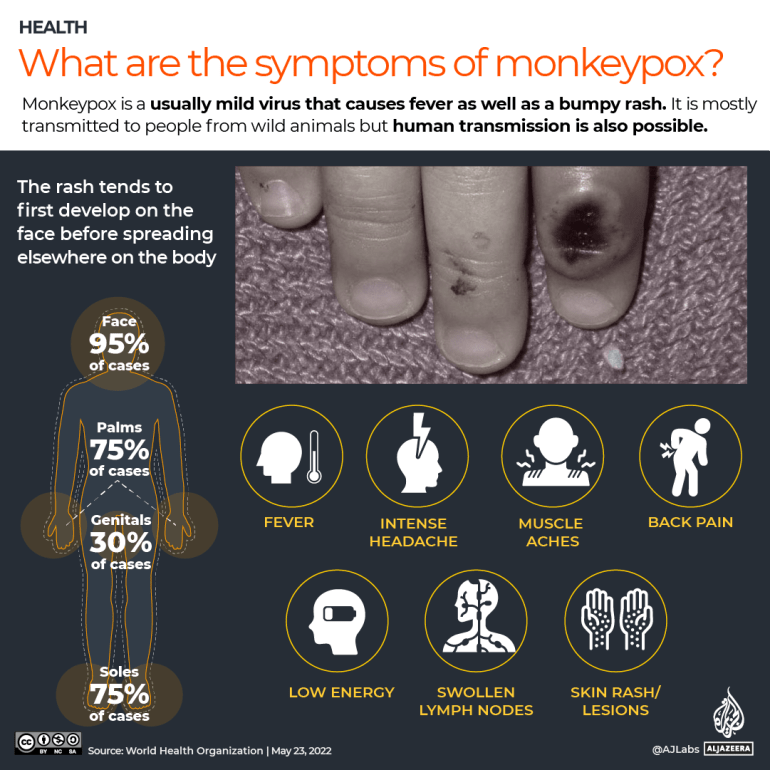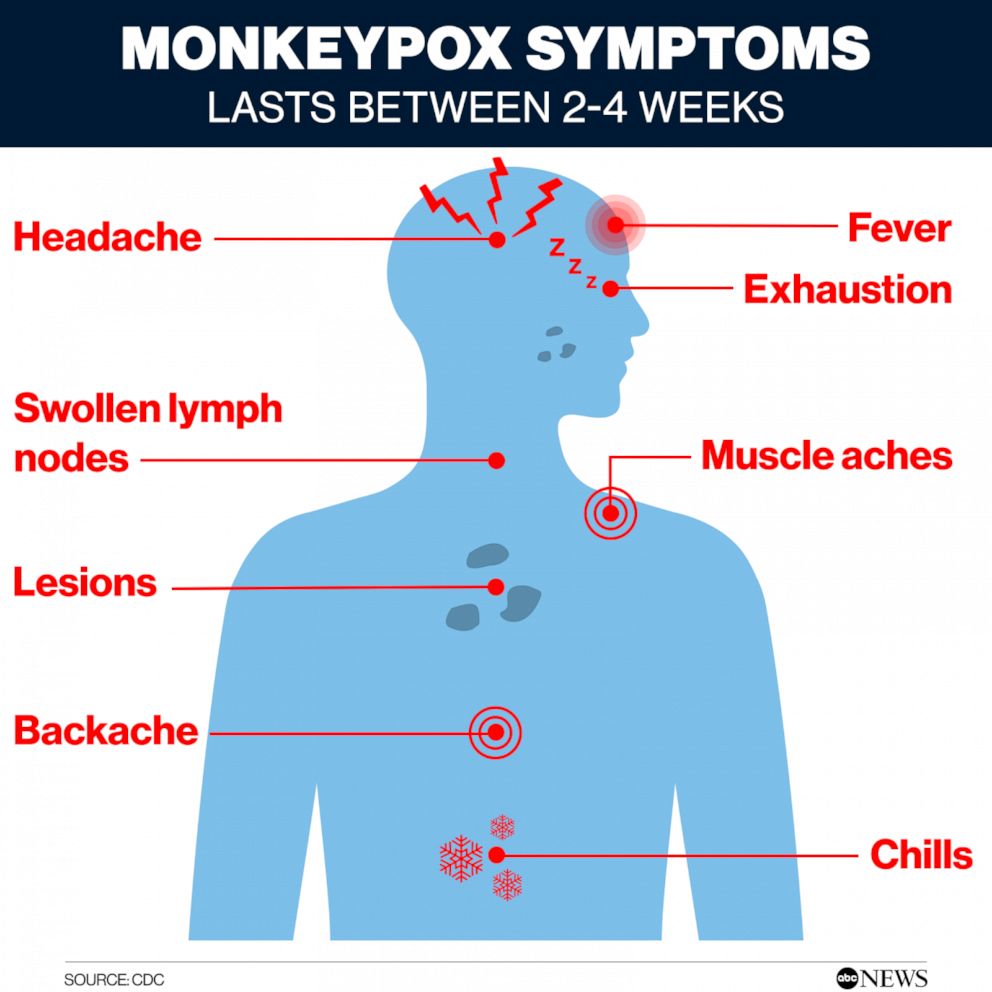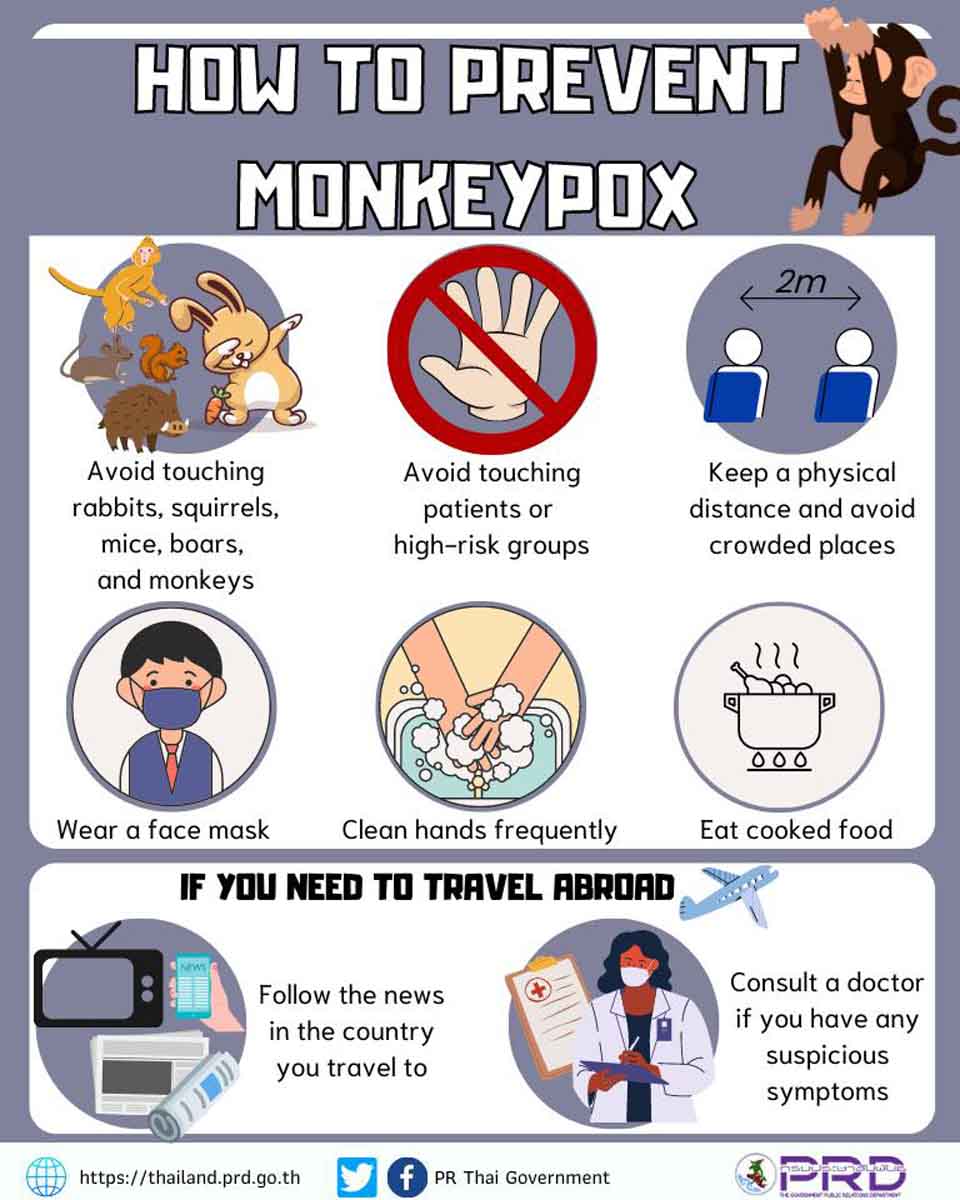
Monkeypox

A supposedly “new” malady, Monkeypox, has entered the healthcare arena. Here are the facts.
Monkeypox is a viral disease that occurs mainly in central and western Africa. It has different strains with varying stages and levels of severity depending on the strain. It is called monkeypox because it was first identified in laboratory monkeys. Like most viruses, it is not new to the environment, but was more recently exposed due to its entry into western society. It is important to note that it is highly contagious after the incubation period which is 1-2 weeks. During this period there are no symptoms and the individual may feel fine. It is spread by contact between persons.

Symptoms appear approximately 1-2 weeks after contact. These may include fever, malaise, headache, sometimes sore throat and cough, and lymphadenopathy (swollen lymph nodes). Lymphadenopathy affects the nodes in the neck, armpits or groin. They are enlarged and painful and may be called “waxy kernels or wax and cannon” in Caribbean communities. It is similar to smallpox and is distinguished from it by the lymphadenopathy absent in smallpox. The illness lasts 2-4 weeks during which a rash also occurs mainly on the face, legs, palms and soles of the feet and are filled with pus and itchy. A person is no longer contagious after the lesions have dried up, scabbed and fallen off.

People who may be at higher risk include but are not limited to those who:
- Had contact with someone who had a rash that looks like monkeypox or someone who was diagnosed with confirmed or probable monkeypox
- Had skin-to-skin contact with someone in a social network experiencing monkeypox activity; this includes men who have sex with men who meet partners through an online website, digital application (“app”), or social event such as at a bar or party
- Traveled outside the United States to a country with confirmed cases of monkeypox or where monkeypox activity has been ongoing
- Had contact with a dead or live wild animal or exotic pet that exists only in Africa or used a product derived from such animals (such as game meat, creams, lotions, or powders.)
How to take steps to prevent the illness:

- Avoid close, skin-to-skin contact with people who have a rash that looks like monkeypox. Do not touch the rash or scabs of a person with monkeypox.
- Do not kiss, hug, cuddle, or have sex with someone with monkeypox.
- Do not share eating utensils or cups with a person with monkeypox.
- Do not handle or touch the bedding, towels, or clothing of a person with monkeypox.
- Wash your hands often with soap and water or use an alcohol-based hand sanitizer.
- Get vaccinated with the monkeypox vaccine where available. If it is not available get the smallpox vaccine which has been shown to offer some degree of protection from the illness.
Persons who are sick with monkeypox should isolate at home. If they have an active rash or other symptoms, they should be in a separate room or area from other family members and pets when possible.

There are no specific treatments for the monkeypox disease but monkeypox and smallpox viruses are genetically similar, which means that antiviral drugs and vaccines developed to protect against smallpox can be used in these infections.
Talk to your healthcare provider if you suspect you have been exposed or infected with monkeypox.

Disclosure: Most of this information was obtained from the CDC.gov/monkeypox website and brought to you by
Dr. Yvette Fletcher-Prince, MD, DNP, APRN

 Come in and get your FDLE Background Screening done today!
Come in and get your FDLE Background Screening done today!